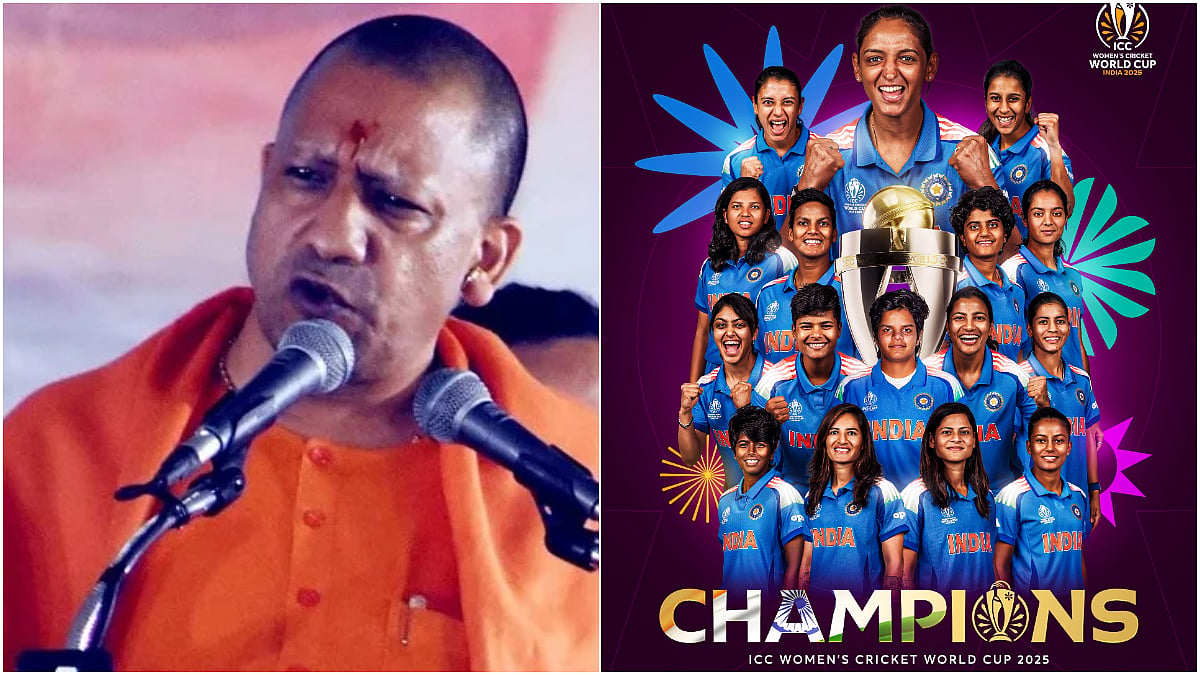Rabindranath Tagore was a polymath who reshaped Bengali literature and music. The man who reshaped and rejuvenated the Indian Art with Contextual modernism. His legacy endures also in the institution he founded, Visva-Bharati University.
Sometimes referred to as “the Bard of Bengal”, Rabindranth Tagore, author of Gitanjali, was the first non-European (neither as a Bengali nor as an Indian, but as an Anglo-Indian) to win the Nobel Prize in Literature in 1913.
Tagore first wrote poetry at the age of eight, and at 16, he published his first poems under the pseudonym Bhanusimha (Sun Lion), which was are considered as long lost classics. In 1877, he published short stories and dramas under his real name.
Tagore modernised Bengali art by spurning rigid classical forms and resisting linguistic strictures. His novels, stories, songs, dance-dramas, and essays spoke about, both political and personal issues. Gitanjali (Song Offerings), Gora (Fair-Faced) and Ghare-Baire (The Home and the World) are his best-known works. Besides Gitanjali, other notable works include Manasi, Sonar Tori (“Golden Boat”), Balaka (“Wild Geese” — the title being a metaphor for migrating souls).
His compositions were chosen by two nations as national anthems: India’s Jana Gana Mana and Bangladesh’s Amar Shonar Bangla. “Jana Gana Mana” was initially the opening song for the Congress session in 1911 and it was later adopted as the national anthem for the nation. And it is said the Sri Lankan anthem was also inspired by him.
Because his father, Debendranath, wanted him to become a barrister, Tagore enrolled at a public school in Brighton, England in 1878. He briefly read law at University College London, but again left school, opting instead for independent study of Shakespeare’s plays Religio Medici, Coriolanus, and Antony and Cleopatra. And finally, in 1880, Tagore returned to Bengal without a degree, with the aim of reconciling European novelty with Brahmo tradition.
Tagore’s remit expanded to science in his last years, as hinted in Visva-Parichay, a 1937 collection of essays. He wove the process of science, the narratives of scientists, into stories in Se (1937), Tin Sangi (1940), and Galpasalpa (1941).
Tagore was a prolific composer with around 2,230 songs to his credit. His songs are known as rabindrasangit (Tagore Song). Influenced by the thumri style of Hindustani music, they ran the entire gamut of human emotion, ranging from his early dirge-like Brahmo devotional hymns to quasi-erotic compositions.
He was the second after Swami Vivekananda who addressed the World-Parliament of Religions for twice in the year 1929, 1937.









